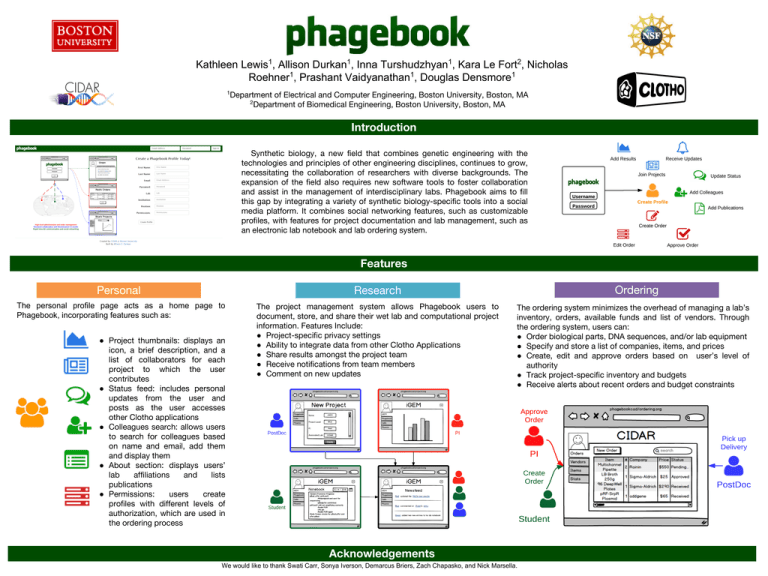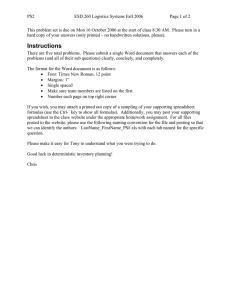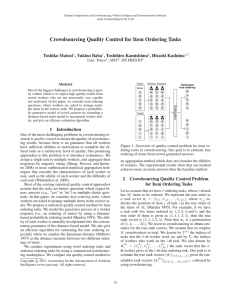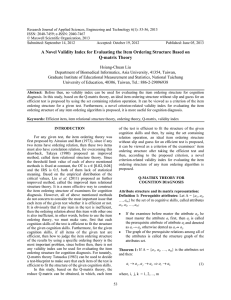Kathleen Lewis , Allison Durkan , Inna Turshudzhyan , Kara Le Fort
advertisement

Kathleen Lewis1, Allison Durkan1, Inna Turshudzhyan1, Kara Le Fort2, Nicholas Roehner1, Prashant Vaidyanathan1, Douglas Densmore1 1 Department of Electrical and Computer Engineering, Boston University, Boston, MA 2 Department of Biomedical Engineering, Boston University, Boston, MA Introduction Synthetic biology, a new field that combines genetic engineering with the technologies and principles of other engineering disciplines, continues to grow, necessitating the collaboration of researchers with diverse backgrounds. The expansion of the field also requires new software tools to foster collaboration and assist in the management of interdisciplinary labs. Phagebook aims to fill this gap by integrating a variety of synthetic biology-specific tools into a social media platform. It combines social networking features, such as customizable profiles, with features for project documentation and lab management, such as an electronic lab notebook and lab ordering system. Features Personal Research The personal profile page acts as a home page to Phagebook, incorporating features such as: The project management system allows Phagebook users to document, store, and share their wet lab and computational project information. Features Include: ● Project-specific privacy settings ● Ability to integrate data from other Clotho Applications ● Share results amongst the project team ● Receive notifications from team members ● Comment on new updates ● Project thumbnails: displays an icon, a brief description, and a list of collaborators for each project to which the user contributes ● Status feed: includes personal updates from the user and posts as the user accesses other Clotho applications ● Colleagues search: allows users to search for colleagues based on name and email, add them and display them ● About section: displays users’ lab affiliations and lists publications ● Permissions: users create profiles with different levels of authorization, which are used in the ordering process Ordering The ordering system minimizes the overhead of managing a lab’s inventory, orders, available funds and list of vendors. Through the ordering system, users can: ● Order biological parts, DNA sequences, and/or lab equipment ● Specify and store a list of companies, items, and prices ● Create, edit and approve orders based on user’s level of authority ● Track project-specific inventory and budgets ● Receive alerts about recent orders and budget constraints Acknowledgements We would like to thank Swati Carr, Sonya Iverson, Demarcus Briers, Zach Chapasko, and Nick Marsella.











